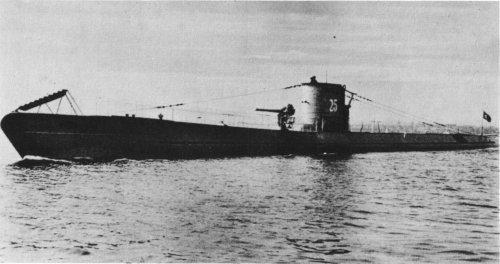
NAVYPEDIA
 Support the project with paypal
Support the project with paypal
Photo

U25
Ships
| Name | No | Yard No | Builder | Laid down | Launched | Comp | Fate |
|---|---|---|---|---|---|---|---|
| U25 | 903 | Deschimag, Bremen | 6.1935 | 14.2.1936 | 4.1936 | sunk 3.8.1940 | |
| U26 | 904 | Deschimag, Bremen | 8.1935 | 14.3.1936 | 5.1936 | sunk 1.7.1940 |
Technical data
| Displacement standard, t |
|
|---|---|
| Displacement normal, t | 862 / 983 |
| Length, m | 72.4 |
| Breadth, m | 6.21 |
| Draught, m | 4.30 |
| No of shafts | 2 |
| Machinery | 2 MAN diesels / 2 BBC electric motors |
| Power, h. p. | 3080 / 1000 |
| Max speed, kts | 18.6 / 8.3 |
| Fuel, t | diesel oil 96 |
| Endurance, nm(kts) | 7900(10) / 78(4) |
| Armament | 1 x 1 - 105/42 SK C/32, 1 x 1 - 20/65 C/30, 6 - 533 TT (4 bow, 2 stern, 14 or 42 mines) |
| Electronic equipment | GHG hydrophone |
| Complement | 43 |
| Diving depth operational, m | 100 |
Standard scale images

U25 1940

U26 1940
Graphics
Project history
First submarines, designed in Germany after the First World War. Order for 2 ships was given out 17.12.1934, long before official denunciation of Versailles Peace Treaty. By construction they practically completely repeated E1, built for Spain, but later sold to Turkey as Gür. Saddle-tank type, maximal diving depth was 150m. Instead of torpedoes they could carry accept 28 TMA or 42 TMB mines. Submarines were considered unsuccessful because of bad seaworthy and manoeuvring capabilities, and also an endurance not too differing from medium submarines of VII series.
Modernizations
None.
Naval service
U25 was lost, presumably, 1.8.1940 N off Terschelling on the mines laid by British destroyers Esk, Express, Icarus and Impulsive. U26 was sunk 1.7.1940 by British corvette Gladiolus and Sunderland of 10th RAAF sqn SW off Ireland.
 HOME
HOME FIGHTING SHIPS OF THE WORLD
FIGHTING SHIPS OF THE WORLD GERMANY
GERMANY SUBMARINES
SUBMARINES "IA" type seagoing submarines (U25) (1936)
"IA" type seagoing submarines (U25) (1936)
